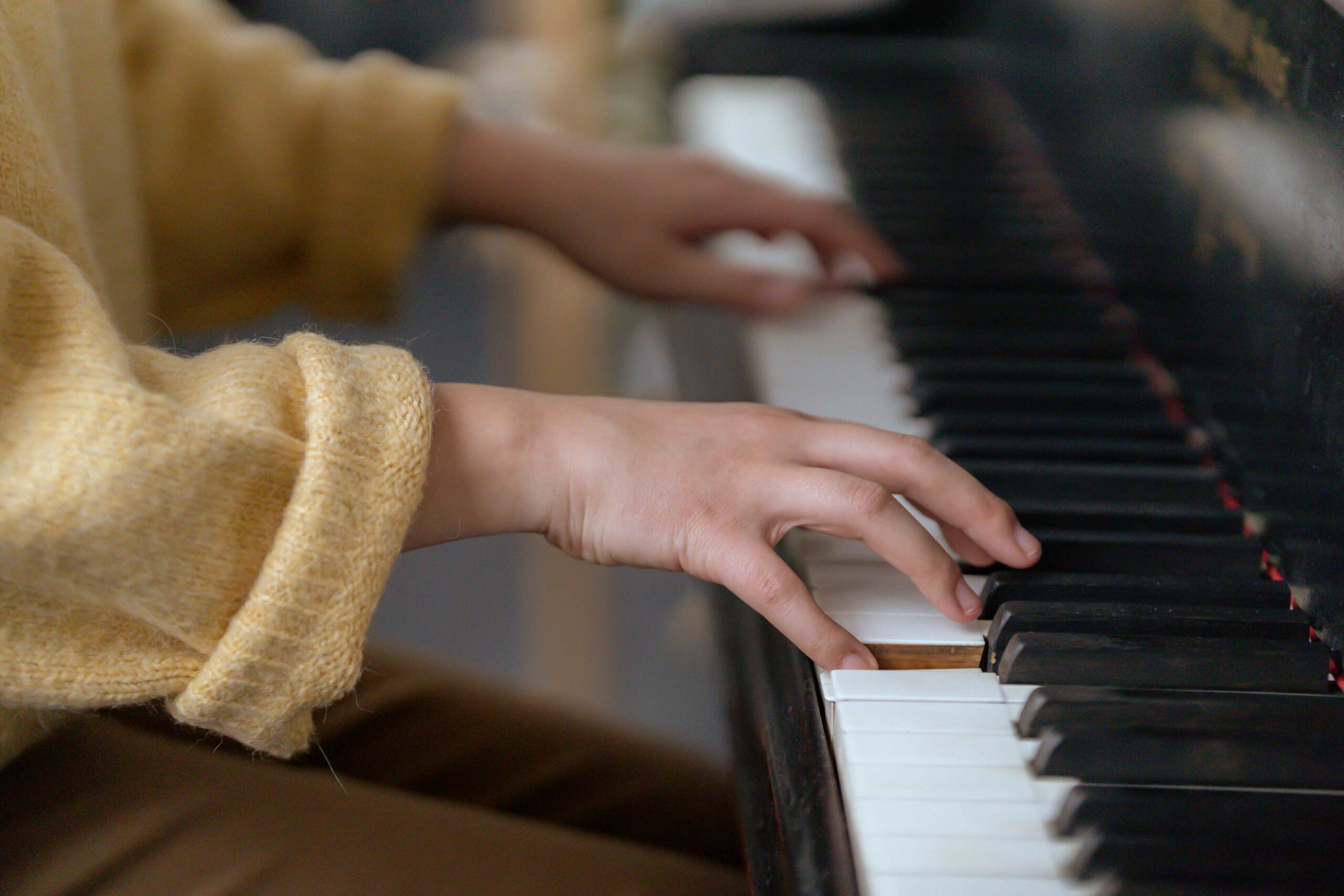Face-to-face bullying and cyberbullying by peers can threaten your students’ emotional and physical health and make their schools feel like unsafe environments. And while there’s heightened awareness of the prevalence of bullying in schools and online spaces these days, many students still struggle with reporting bullying—whether they experience it personally or witness the incidents.
Let’s talk about equipping students with ways to recognize bullying behaviors and protect themselves and others.
Is That Bullying?
Bullying can take many forms, including cyberbullying, and can happen at any age. Bullying isn’t limited to stereotypical experiences like being aggressively bumped into lockers, having your lunch money stolen, or being tripped in the cafeteria.
Bullying is a type of harassment. And in 2014, the Department of Education and Centers for Disease Control released the first federally recognized definition of bullying, defining it as unwanted aggressive behavior or a perceived power imbalance.
Here are some questions to have students ask themselves to understand bullying:
- Do others make fun of my appearance or imitate me in a mocking manner?
- Does how others treat me make me feel isolated and excluded?
- Do others make hurtful or untruthful comments about me in person or online?
- Have I been physically hurt at school, including being shoved or tripped?
- Have I been threatened with harm in person or online?
- Has anyone used their status or age to make me do things?
- Do others force me to do things I don’t want to do, either by physical force or psychological methods?
- Has my property been destroyed purposely?
- Am I afraid to go to school?
- Has my mental health suffered because of others’ treatment and behavior towards me?
How to Prevent and Combat Bullying
According to StopBullying.gov, only46 percent of students who were bullied during the school year notified an adult at the school. With more than half of bullying incidents going unreported, this means the majority of bullied students don’t get the support they need to deal with their experience or have the incident handled properly.
Therefore, students’ voices and actions can make a significant difference in stopping bully culture. Here are some ways your student can prevent and combat bullying in their school:
- Be mindful of their own behavior; they may be exhibiting bullying tendencies without realizing it.
- Stand up for others; promote anti-bullying programs and values.
- Think before they post or comment online; ask themselves if the content could potentially harm someone’s feelings or reputation.
- If they are bullied and feel unsafe about telling the aggressors to stop, walk away. Find an adult or authority figure to report the incident.
- If they witness bullying, only step in if they feel they’re not putting their physical and mental health in danger. Then, report the incident to an authority figure.
- Be kind; sometimes bullies are the most misunderstood and struggle with personal issues causing them to take their aggression out on others.
Just a few decades ago, there were few efforts to prevent bullying. Today, we see progress as all states have anti-bullying legislation. However, there’s still more we can do to ensure that bully culture is eradicated.
Should you have a mental health emergency, please call 911 or go to your nearest emergency room.

About the Writer
https://www.communicarems.org/
Communicare
Communicare offers multiple treatment options for co-occurring disorders (substance use disorders and mental health disorders). Communicare’s Haven House is a residential treatment facility and is certified through the Mississippi Department of Mental Health.







